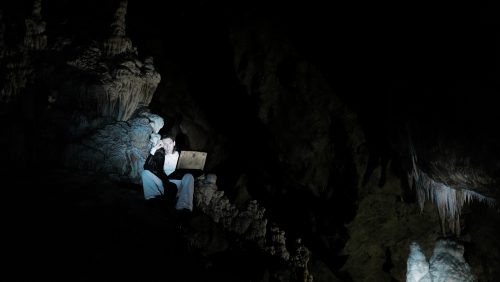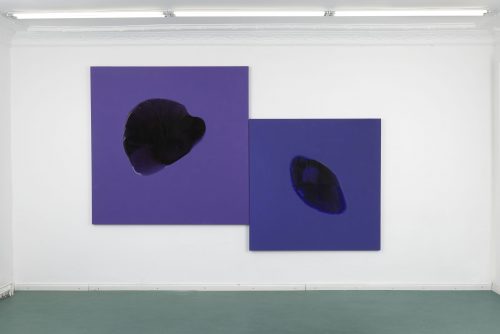
Theo Guicheron-Lopez
Names that no longer crack
Project Info
- 💙 Iron house (Nymphenburg Castle) Munich
- 💚 Patrycja Plich
- 🖤 Theo Guicheron-Lopez
- 💜 Patrycja Plich
- 💛 Philipp Keidler
Share on

Names that no longer crack, exhibition view,Iron house (Nymphenburg Castle), Munich, 2024
Advertisement

Names that no longer crack, exhibition view,Iron house (Nymphenburg Castle), Munich, 2024





Names that no longer crack, exhibition view,Iron house (Nymphenburg Castle), Munich, 2024

Names that no longer crack, exhibition view,Iron house (Nymphenburg Castle), Munich, 2024





Every day we walk on a ground which primal substance not so long time back then was laying
deeply hidden under our feet, and which is drawing now topographies of cities, towns and
countrysides. The substance itself often left unnoticed.
Asphalt is incorporated into our ground like a tattoo into a skin, once accepted is not easy to erase.
Places may create their own topography of connectedness, discrete unity, beyond the asphalt
surface. But bitumen pieces might appear as a coordination points for internally owned experience
of the place, as constructed in Theo’s Guicheron-Lopez Asphaltotheque (beta version). They are
detached from the place but are able to say the whole story of them by their unique material
minimalism. For Theo Guicheron-Lopez the crucial is a fact that those are surfaces of people’s
everyday paths. Roads are tracks themselves but but only by walking we really feel the ground and
we have a control on every step that touches the surface underneath. All pieces are collected from
the multiple places and their unique cracks on the people’s common paths. Each example is taken
from the defective areas of endless bitumen surfaces, whose structure breaks because of multiple
discrete reasons. Those cracks are in the center of Theo’s Guicheron-Lopez reflection. Ruptures
made of human experience of walking, plants’ forces or another factors significant to the matter
activity leads to the post-geological aspect of Anthropocene reality.
While bitumen collection is grounding the overview on the post-natural phenomenon of our times,
two sculptural forms are visually braking the ground. Wooden vectors are both signs of the place,
maps and their destroyers. Every of the written names of bitumen origin can be pointed by them in
this environment. Both of them include map of the city – Cordoba (Spain) and Arles (France),
which are points of reference in Theo’s Guicheron-Lopez artistic activity in his recent three solo
exhibitions.
Space-time continuum appears when we need to place events in exact moment, in defined territory.
You can be only in one place at time, but simultaneously you can carry several places in you. Those
spatial memories can relate to each other, and reflect in relation, they may affect themselves, can
battle between each other, have a willingness to unite or be lost in each other’s memory. We’re
looking for this desired place into other places, wherever we are simultaneously we start to virtually
rebuild them, in our internal environment, on now-and-here ground. Places can reflect on each other
only if we immerse deeply in them and if we bring pieces of them back, from one to another. Theo
Guicheron-Lopez re-invents the topography of places with which he has personal relation. This
sculptural proces is both intimate and universal. It is a material research that draw its path from the
very beginning of civilisations and first city-like forms to the contemporary infrastructure of
everyday life. Theo Guicheron-Lopez immerses into spaces and he rebuilds signs attached to them,
their unique features whose appears like sets of material and virtual circumstances rather than
scraps of reality. All that is constituted by topographical meanings and artist’s own sculptural code.
The gothic motive typically attached to the regional architectural style can relate to the historical
trajectory of sculptural choices made centuries ago, which in its source were forgotten, or the
dominant structures of visual powers decided to erase its origin.
Patrycja Plich




